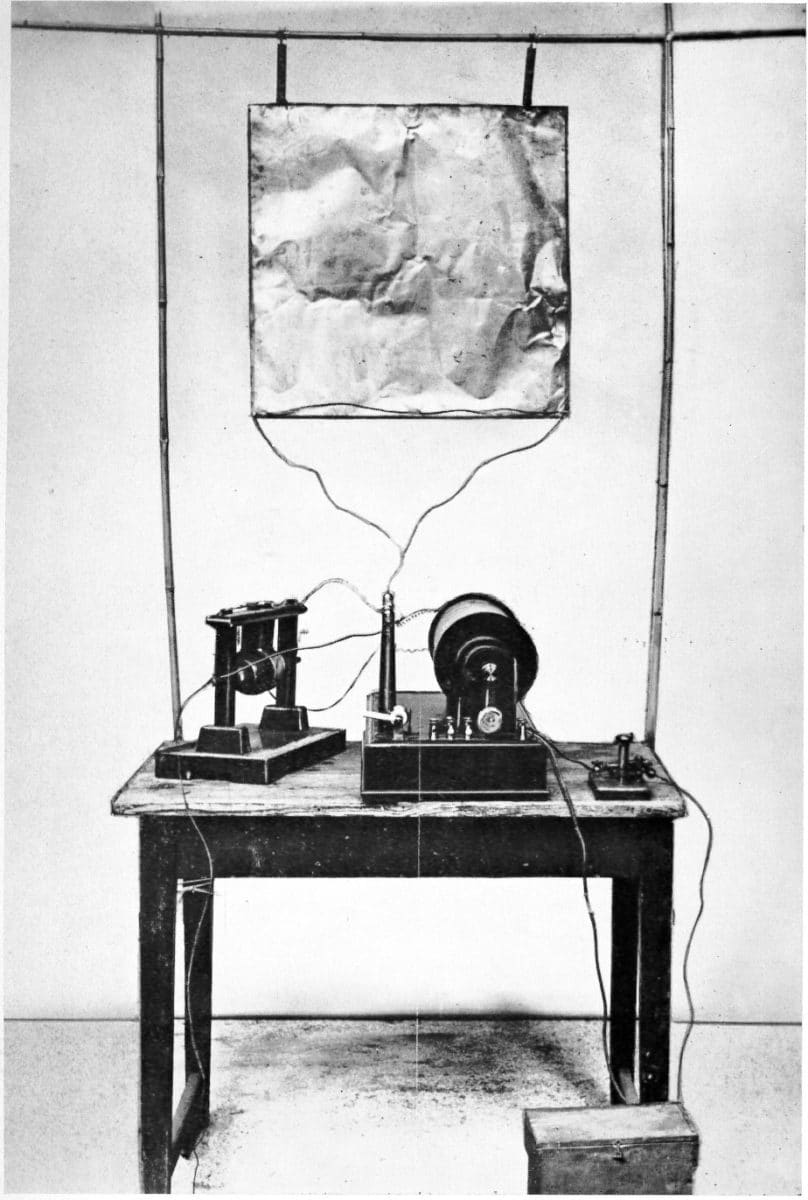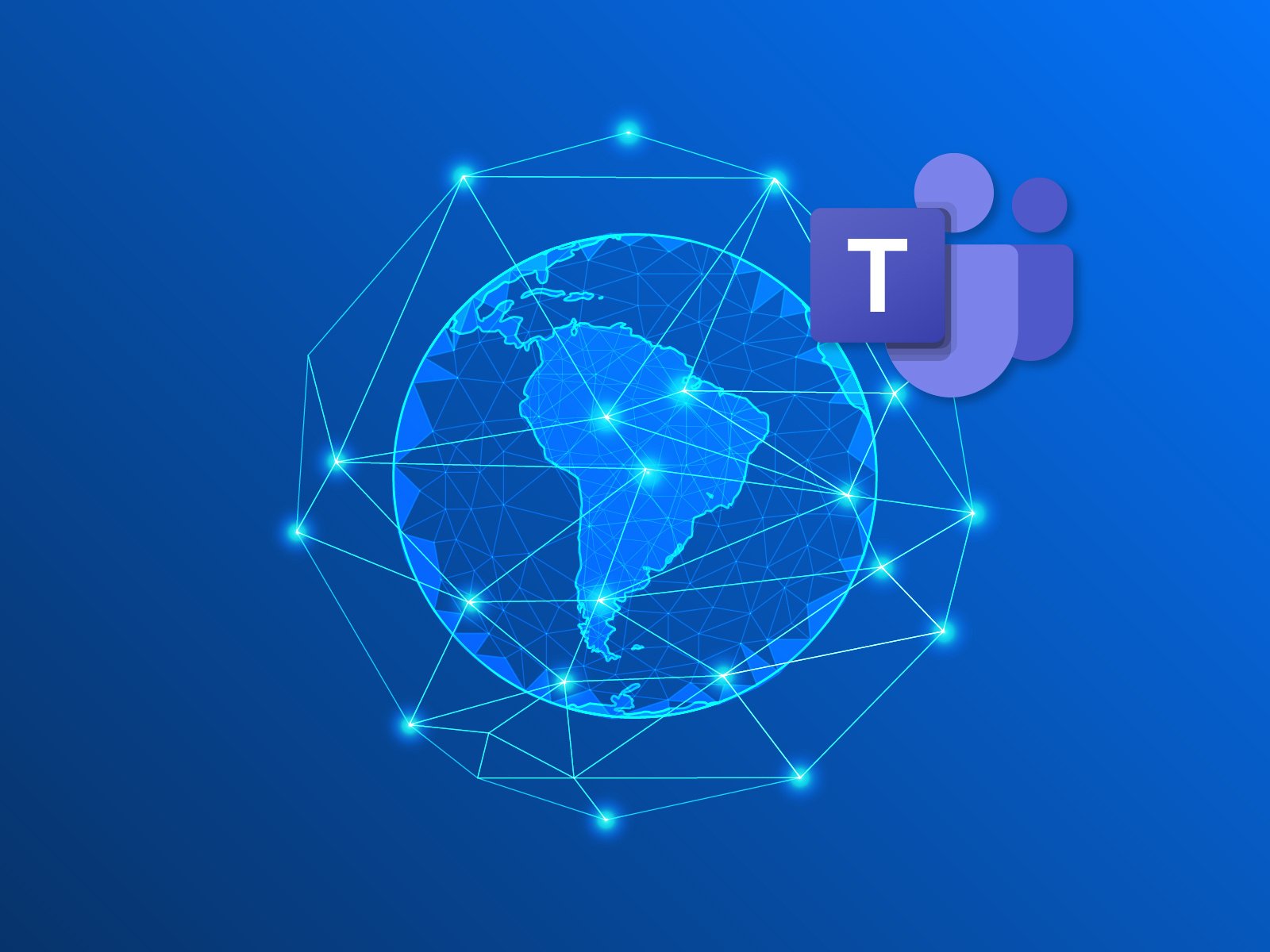Technology is disruptive. The result? Mobile communications as a way of life and business.
Significantly altering the way businesses operate, consumers shop and industries innovate, technology is continuously changing the game. With every new solution, application or integration made available to the public, technology pushes boundaries and replaces old habits with considerably more efficient alternatives.
Moving forward, we’re going to see disruptive technology continue to change the workforce (and world) more rapidly than ever before and we’re ready for it.
With technological disruption on the climb over the last several decades, we’ve bore witness to the uninterrupted rise of mobile communications. In 2014, 91% of people confirmed sleeping within arms reach of their mobile device – many would say as both an addiction and a dependency (1). Since then, we’ve seen mobile devices become the single most popular method of content consumption, whether for personal use or for business.

“9 out of 10 mobile searches lead to an in-store visit or purchase” (2)
Pretty staggering data, huh?
Not really. The rise of mobile communications was completely orchestrated, and the multi-channel communications requirements of today was already a waypoint on the journey for modern day society. (We’ll get back to this in a bit.)
Did you know that 85% of smartphone users prefer texting to voice calls, and 29% of them don’t even check their voicemail messages? Furthermore, 90% of people open text messages within just a mere 3 minutes of receiving that notorious pinging sound. (3)
That’s just how immersed we are in mobile communications. In western civilization, we’re so engaged by our mobile devices that everything from healthcare to restaurants have embraced the demand to go mobile.

The undeniable impact that mobile communication trends have on our lives and in our professions is nearly immeasurable. That’s how fast it’s all happening.
Within the decade, it’s predicted that over 50% of the workforce will be telecommuting full-time, and if that isn’t an indication of what’s to come, then what is?
We’re changing the way we communicate as a society, putting pressure on businesses to accommodate and demanding mobile communications at every aspect of our life.
So, since we know where we are on the mobile communications journey, let’s take a look at mobile communications in the early days and discuss the impactive disruptive technology will have on the future of business.
The Origins of Mobile Communications
Wireline telegraphy changed communications in the second half of the 19th century, evolving to the movement of information at the speed of light. Followed by a second revolution in the 20th century, radio waves freed the communication constraints of wires and enabled the rise of broadcast. (4)
It was through the power of radio waves that we could reach anyone, at any time and from anywhere – making mobile communications feasible.
Even in the mid-1860s mathematicians like James Clerk Maxwell understood the need to transfer information at rapid speeds regardless of location and dedicated their lives to uncovering what we now know to be mobile communications. (5) Fast forward 20 years after Maxwell’s equations predicted electromagnetic waves propagating at the speed of light, and we have Guglielmo Maconi.
Maconi ushered in the first application of mobile communications with his game-changing radio telegraph transmissions in New York, and we never looked back. (6) Communication between two parties, spanning different geographic locations became engrained in the way the modern world existed. It became the foundation for business and entertainment just as quickly as it hit the public eye.
From there, we moved on to something a bit more personalized and a lot more mobile in the years following broadcast.
The earliest mobile telephony systems were “manual”, meaning that inbound and outbound calls were placed through a real-life “operator”, and it wasn’t until the 1960s that automatic systems were launched. (7)Not only was this the first every day application of mobile communications, but the rise of personal phone numbers – a means to contact friends, family, and colleagues near and far. The only thing missing in the equation, however, was the idea of bringing that “device”, equipped with on-the-go solutions, no matter where your business or pleasure takes you.
So, you see, from the second half of the 19th century, the rise of mobile communications was steady. What we have today with smartphone, desktop, tablet and smartwatch applications was always part of the plan. Even if Maxwell and Maconi couldn’t fathom what mobile communications looked like now, the goal was always the same. Connecting people regardless of location and moving information at the speed of light.
From the early adaptations of big clunky cellphones, to the emergence of pocket flip phones and ultimately the infamous smartphone, the primary objective remained the same, and the application for new innovation remained unchanged despite the quickly evolving personal and professional landscape. It was merely the power of the application that evolved, and it has been through the continuous demand for disruptive technology that we’ve fed the beast.
So, it’s safe to say that mobile communications has always been the journey, and this decade only features a single stop on the roadmap.
Now that we’ve established the origins of mobile communications, let’s look at the major impact that current disruptive technology that we all use today will have on the future of business and personal use.
The Present Day of Mobile Communications: Virtual Collaboration Solutions
This is probably today’s hottest topic in business, and even personal use.
In 2020, the US became entrenched in the impact of a global pandemic, ultimately changing the face of how we communicate, and forced business mobility in a time of crisis. From required social distancing between extended families to keep loved ones safe, to total workplace shut down, many of our interactions moved away from in-person contact.
We became a country of homebodies in pajama pants and work-shirts communicating with colleagues, friends, and family via video chat. We even witnessed our kids jump into virtual learning, receiving their education from beside where they sleep at night. Holidays moved to virtual get-togethers, and attending a virtual conference meant you were an avatar amongst thousands in a two-dimensional banquet hall while you probably laid across your bed.
2020 hit not only the United States, but the effects of the Covid-19 Pandemic made 2020 a life-changing year for the world.
With that said, the 2020 waypoint on our mobile communications journey is certainly a year that redefined how businesses and people will interact for the foreseeable future.
It is because of virtual collaboration solutions derived from VoIP Phone Systems that made 2020 a little less challenging. It is as if technology had prepared for the pandemic before any of us even knew it was coming.
In many ways, businesses and ordinary people had already embraced screen & file sharing, audio & video recording, video chat, and live streaming and most other methods of remote teamwork, however, the global pandemic solidified virtual collaboration’s position as a necessity rather than a luxury.
If businesses hadn’t already implemented a communication strategy deep-seated in virtual collaborationsolutions, they undoubtedly jumped on-board when employees shifted to home-offices to help stop the spread of Covid-19.

The Impact of Mobile Communications in Business
By the end of 2020, businesses discovered that the shift to remote work had a positive impact on employee productivity.
Despite having geographically dispersed teams and no in-person contact, studies revealed that 67% of employers surveyed said that staff productivity was higher in 2020 than any year before. (8)
Pretty amazing, right? Yes!
Not only that, but remote workers surveyed in 2020 proved that employee satisfaction and productivity was on the rise despite pandemic challenges because of fewer interruptions, a quieter work environment, a more comfortable workspace, no office politics and more focused time. (9)
Also, did you know that a survey done by UniVoIP customer, Mental Health America, reported that employees “without access to flexible work are nearly two times more likely to have poor or very poor mental health” (10)?
The Future: It’s mobile.
So, as we consider what mobile communications looks like today whether because of circumstance or evolutionary demand, we can be certain that the future of business and everyday life will entail more immersive forms of mobile business solutions.
Here are the top 5 reasons why businesses around the world are leading with mobile communications for the future:
- Improved Operational Efficiency
- More Employee Engagement
- Greater Staff Productivity
- A Stronger Collaborative Workforce
- More Autonomy and Empowered Workers
To discuss a specific example of how powerfully mobile communications has engrained itself into business and creates immense positive impact on operations, let’s discuss an exciting solution called Cloud Voice for Microsoft Teams.

In today’s world, and in the future, staff members are expecting to instantly message, call, video chat, collaborate with teammates and virtually meet from any device, at any time.
That’s where Microsoft Teams (MS Teams) comes into play. MS Teams acts as a central hub for workforce collaboration that integrates people, tools and content in a single platform. Essentially MS Teams has enabled offices to moved online, and everyone is loving it.
Now, of course with the modern demands of mobile communications, it wasn’t enough.
Now, this is where a Cloud Voice solution steps in.
Because MS Teams (without a cloud voice solution) only allows for internal organizational use, it restricts usage. It basically forces companies to have a separate business phone solution for interaction outside of the organization, as MS Teams only allows for staff-to-staff collaboration.
So vendors like UniVoIP established a cloud voice solution, delivered as a fully managed service that enables MS Teams users to make, receive and transfer calls to and from landlines and mobile phones all natively from within the Teams application.
Ladies and gentlemen, we have arrived. Now THAT is total Unified Communications deep seated in mobile communications.
This is the future. One platform, on any device, from anywhere, at any time to do it ALL. And guess what, we can’t wait to see where this goes.
Business mobility requirements are constantly evolving and one thing is for sure, mobile communications is our past, present and future – and the future is bright.




